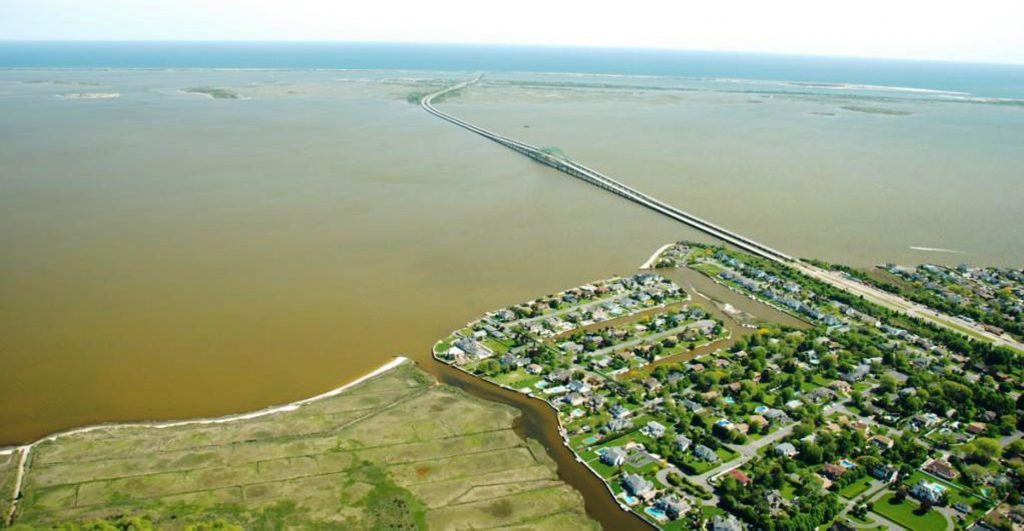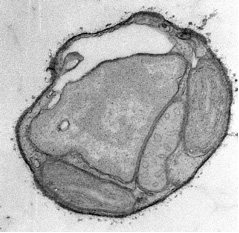
Brown tides, caused by the algal species Aureococcus anophagefferens, have been plaguing Long Island estuaries for 35 years, and can have severe impacts on fisheries, seagrass beds, and aquaculture. To date, multiple hypotheses have been put forth to explain the occurrence of these events. Results from a five-year, NCCOS-sponsored research project on brown tide in Long Island Estuaries were highlighted at a recent New York Sea Grant seminar.

The development of more effective management strategies for brown tides requires a deeper understanding of the causes of these blooms. With funding from the NCCOS Ecology and Oceanography of Harmful Algal Blooms (ECOHAB) program, this project examined transcriptomes, or the the entire collection of RNA sequences in a cell produced by the genome of an organism under specific conditions, to determine the causes of brown tides.
In 2016, the Gobler Lab sampled a brown tide during the initiation, peak, and collapse phases of the bloom, while concurrently measuring several environmental parameters and new molecular markers of cellular processes. They conducted experiments to explore how changes in environmental factors, like levels of nutrients or exposure to zooplankton grazing, can alter cell numbers and specific molecular markers in both the brown tide organism, and competing phytoplankton. The results were presented by Dr. Christopher Gobler of Stony Brook University on June 25, 2020, during the New York Sea Grant online seminar.
Generating transcriptomes for Aureococcus cultures allowed researchers to link expression of genes by the brown tide and competing phytoplankton to specific environmental conditions to define the precise niche of each algal species, providing novel insight into how brown tides are developed and sustained.
Major ECOHAB project conclusions regarding Long Island brown tide:
- The mechanism and factors controlling brown tides change over the course of the bloom
- Bloom initiation stage involves rapid growth, DNA and amino acids synthesis, and phosphorus limitation
- Bloom maintenance stage involves cell growth in balance with grazing with lipid synthesis and storage, and nitrogen limitation
- Management of both phosphorus and nitrogen are important in controlling brown tides since brown tide expresses genes to get more P (or N) as the nutrient declines
- Zooplankton grazing elicits strong transcription responses (i.e., gene expression) in brown tide
- Brown tide grazer defenses may promote bloom maintenance
For additional information, contact Quay Dortch.
